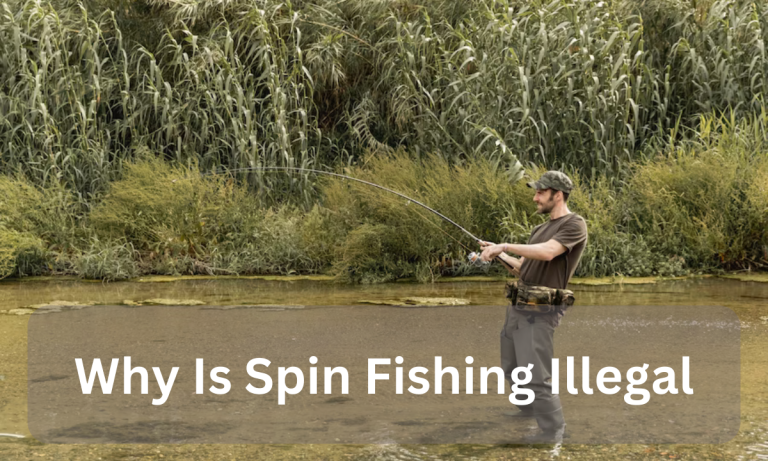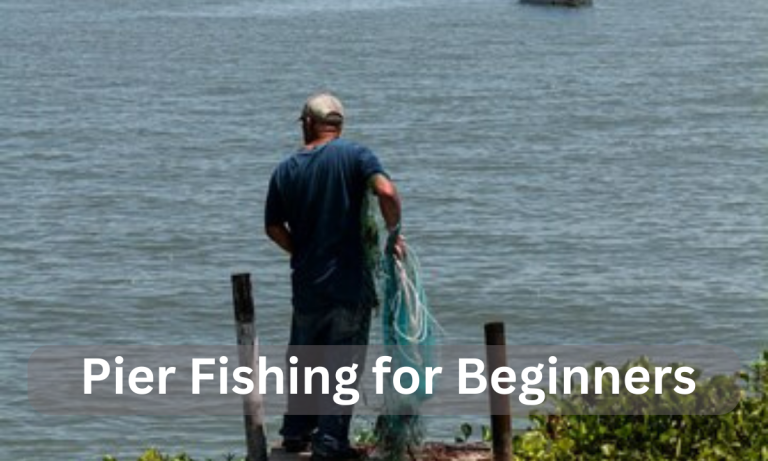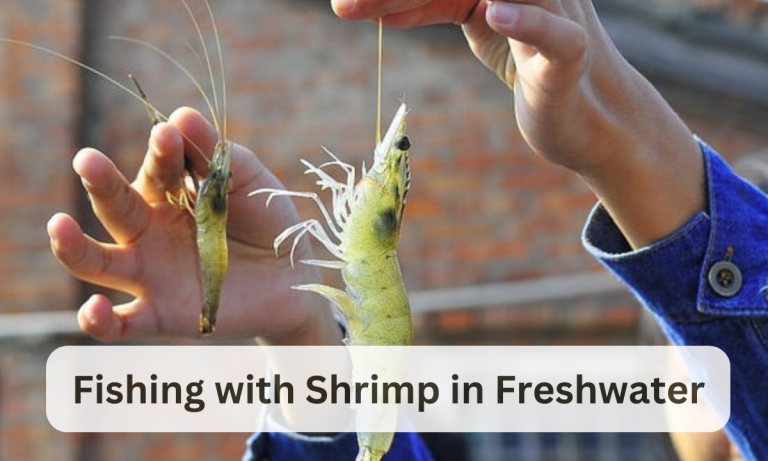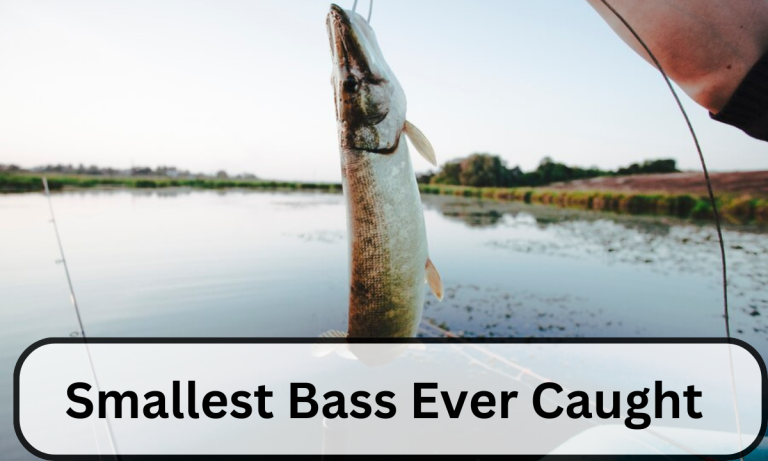Ice Fishing with Tip-Ups
Before discussing how and when Ice Fishing with Tip-Ups, it is essential to know what a tip-up is. A tip-up is an ice-fishing device that keeps a live or frozen bait suspended at a set depth through a hole pounded in the ice with the aid of an auger. The job of a tip-up is to detect the bite of a fish. When a fish bites the bait, a flag tips up or tips down to signal the anglers that the fish has got the bait. A tip-up enables the anglers to manage many holes simultaneously to cover a wider area. Afterward, fish are pulled up by the hand through the hole in the ice.
Ice fishing with tip-ups is no longer a slow process. Apparently, they look to be simple but in the world of fishing, their role is appreciated by all and sundry who consider ice fishing as a great pastime. Additionally, tip-ups are effective tools to keep the fish on ice even when things are happening slowly. Likewise, they make you an expert ice angler.
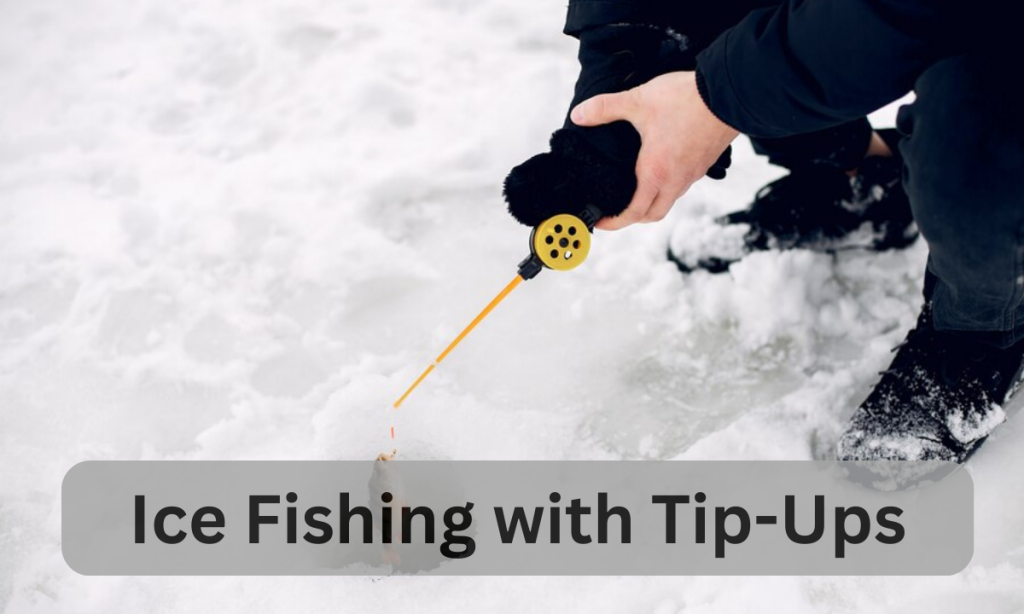
What is Ice Fishing with Tip-Ups
Ice-fishing with tip-ups is a fishing technique that enables the fishermen to set several baited lines under ice. Strikes from fish can be detected from a distance. Moreover, there is a set mechanism that flips up a flag indicating that a fish has taken a bait.
However, while arranging tip-ups, the following points should be well-considered:
- A tip-up is a very simple device. Therefore, be careful while choosing your favorite one.
- Never compromise on the quality of a tip-up even when you are getting it for the first time meaning get an expensive one.
- A quality tip-up with a trigger mechanism, stable base, and freeze-proof parts.
Ice Fishing with Tip-ups: Types
There is a list of different tip-ups being shared with our readers for consideration next time they head for ice fishing with tip-ups:
- Beaver Dam or Classical Tip-up: The most reliable and traditional tip-up. Although it is pricier yet well-deserved. The other name for Beaver Dam is “rail tip-up.” Moreover, they are time-tested tools with a spool to hold the line. Additionally, they comprise a wooden rail to keep the base of the device above the hole. Likewise, the beaver dams do contain a tiny trigger connected to the flag to detect the line movement. Similarly, they are capable enough to catch fish after some time of having been set up.
However, they are not without the drawback of holes getting frozen during winter to miss the fish quite often.
- HT Husky Deluxe: It is a wooden tip-up of great quality. It is composed of components that are freeze-proof.
- I fish Pro Ice: They are specially designed for ice fishing with a rod and reel. Those who are interested in fighting with the fish on a rod must opt for this very tip-up.
- Frabill 1664 Classic Wood: It is a less expensive tip-up as compared to our first type that is, beaver dam. It is renowned for its reliable function.
- HT Polar Thermal Extreme: HT polar thermal extreme is an insulated tip-up. Extreme weather conditions, prevent the ice hole from freezing up.
Additionally, this tip-up has the same components as the traditional tip-up except for the plastic rounded piece instead of a wooden rail. The Styrofoam in the rounded piece prevents the air from reaching the water in the fishing ice-hole and keeps ice from freezing, resultantly.
Ice Fishing with Tip-ups: Steps
Now that you are ready to step out for ice fishing with tip-ups, there are certain steps that need to be followed for a successful ice fishing expedition.
Step 1: Location is the first step to finding the bait after targeting the fish. To look for the appropriate or desired location, the use of contour maps will be helpful.
The ideal spots during open water seasons can also be repeated during early ice when depletion of oxygen pushes the fish to deeper waters.
Once you have found the ideal location, it’s time to spread your tip-ups. The more the options, the more the fish because more tip-ups cover a wider air of water to ensure more fish. However, make sure that your tip-ups are not placed closer than 30 yards at least.
Step 2: Drilling the Holes
Ice fishing with tip-ups needs holes drilled in the ice with an auger. A manual auger for a couple of holes while for more holes an electric or gas auger works better. However, the times prepared for fishing should exceed the time taken for drilling. The ideal length of auger in this regard is 8 inches to fit fish in the hole.
Step 3: Spooling the Line
A step to be done on the ice. Use the same knot for every line. The preferred knot for that matter is an arbor or modified slip knot. However, any knot able to tighten itself will serve the purpose. In order to avoid slippage of the knot, add a strip of electrical tape underneath or on the knot.
The perfect line for spooling is Dacron because it is flexible on the spool. Further on, the Dacron is available in many strengths from 15lb to 60lb. However, the fish species you are after will decide the case in favor of which quality you use.
As regards the color of the line, black and green colors work better in all water conditions. Similarly, the ideal length for ice fishing with tip-ups in all water conditions is 60 to 75 yards.
Step 4: Setting the Depth
The next step after spooling the line is setting the depth. Avoid wasting time on dead water columns. The fish finder is very helpful in setting the ideal depth. A fish finder helps the angler to see the bait falling until it reaches the desired depth. If not so, let the bait fall to the bottom.
To mark the spot on the line, use a small clip bobber or bobber stop. Now once you have marked the line, un-spool the line and set the trigger for locking the depth.
Step 5: Select the Bait
The selection of bait depends on the species you are after. The ideal bait for ice fishing with tip-ups is live bait.
However, dead bait will also work better if live bait is unavailable. Moreover, the heads of salted, frozen, or recently killed minnows will prove helpful as well.
If you use different baits, the chances are that you will catch more fish. You can use different baits on different tip-ups for testing which works well.
Step Six: Adjustment of Trigger
The next step is to set up your trigger sensitivity. The sensitivity should be adjusted according to the targeted species. The trigger sensitivity should not be tight to make the fish feel resistance. Moreover, it will quickly inform about the movement of the bait. Therefore, you should always be in the habit of testing the trigger sensitivity before placing the tip-up.
Step 7: Watch the Flags
It is a fun moment watching the flags and waiting for the bite. However, don’t take the eyes away from your tip-ups and flags. If interested in taking advantage of the technology, use Bluetooth tip-ups.
Step 8: Move Quickly When Flag Goes Up
It is the most exciting moment of ice fishing with tip-ups. When you see the flag going up, your heart comes to your mouth. Everyone is eager to rush to the hole. But don’t be over-excited and let the fish hold on with the bait for a good time because it can so happen that fish can empty the spool and go loose. Moreover, while rushing to the tip-up upon fish strike, follow precautionary measures to avoid any injury.
Step 9: Ensure that the Fish Is Still On
After having got to the hole, wait for a moment before you hold the line. If the line is moving, it indicates that the fish has the bait. Wait is key because it has been observed more than once that sometimes fish strikes the bait but don’t hold it and as a result, this turns into a missed opportunity.
Step 10: Setting the Hook and Pulling the Fish
If you are assured that the fish has taken the bait, now is the time to pull the line slowly when the pressure from the fish on the line is over. Your hand should be on the other hand to gently bring the fish to the surface. Practice is key to bringing all types of fish to the surface during ice fishing with tip-ups, however.
Conclusion
Tip-ups are simple tools to manage but still need management as far as how and when to use them is concerned. However, a successful ice fishing season rests on using right tip-ups according to your fishing targets. Tip-ups provide you with the opportunity to cover more water area and catch as many fish as you like. Likewise, the tip-ups make you aware about the mood of the fish.
FAQs
- What is the best line for tip-up ice fishing?
Ans. The perfect line for spooling is Dacron because it is flexible on the spool. Further on, the Dacron is available in many strengths from 15lb to 60lb. However, the fish species you are after will decide the case in favor of which quality you use.
- Does line color matter in ice fishing?
Ans. As regards the color of the line, black and green colors work better in all water conditions.
- How much ice is good for ice fishing?
Ans. When you are fishing on ice from three to four inches, you are in a safe zone.

